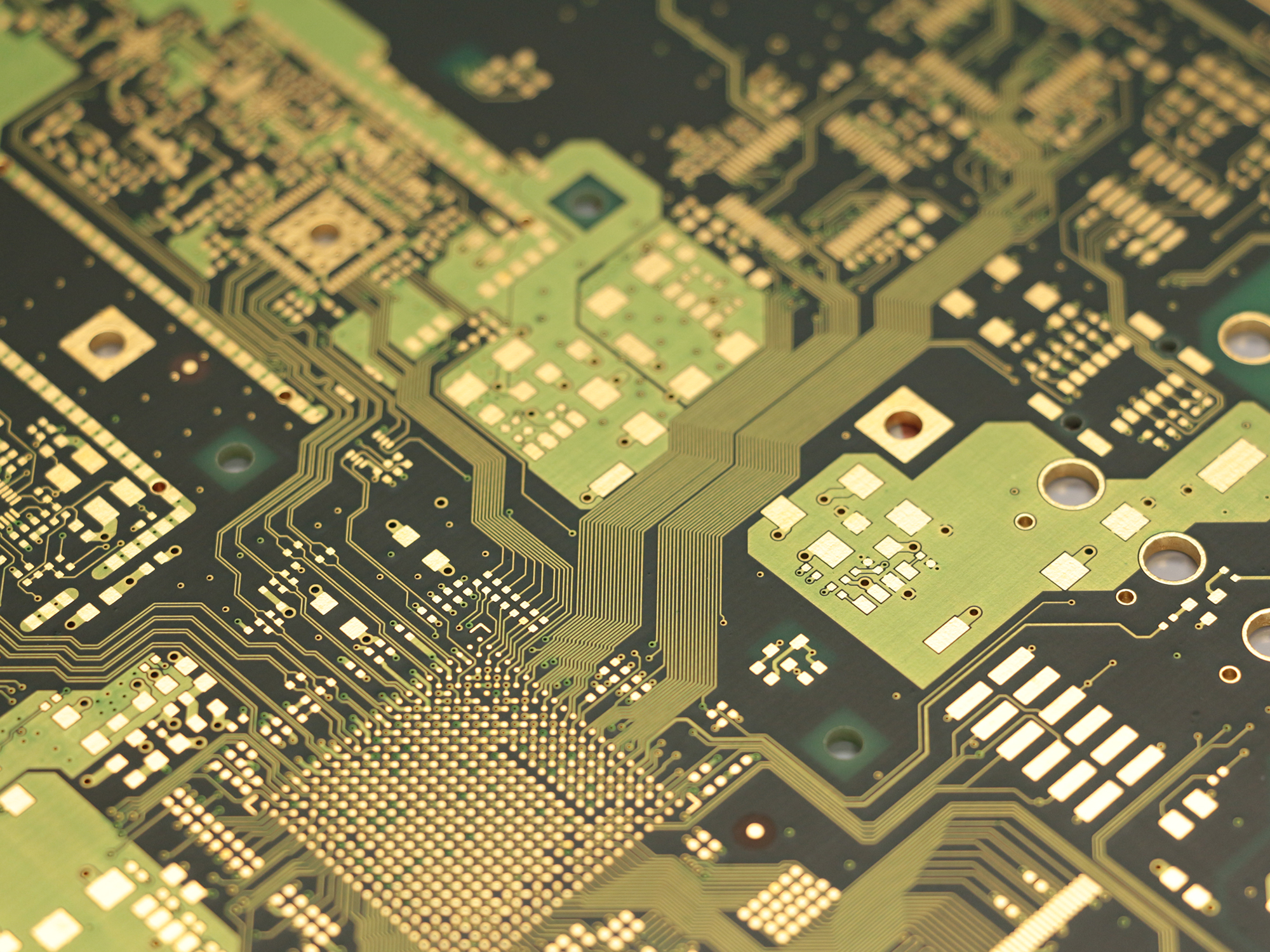Improvement method of hole/permeation problem when using PCB dry film
Dry film masking holes appear broken
Many customers believe that after the occurrence of broken holes, the film temperature and pressure should be increased to enhance the bonding force. In fact, this view is incorrect. Because the temperature and pressure are too high, the solvent of the resist is excessively volatilized and dried. The film becomes brittle and thin, and it is easy to be broken through the hole during development. We always have to maintain the toughness of the dry film. Therefore, after the hole is broken, we can improve from the following points:
1, reduce film temperature and pressure
2, improve the drilling cloak
3, increase exposure energy
4, reduce the development pressure
5, the parking time after filming can not be too long, so as not to cause the semi-fluid film at the corner to spread and become thin under the pressure
6, the dry film should not be too tight during the filming process
Second, the appearance of plating during dry film plating
The reason why the plating is performed indicates that the dry film and the copper clad plate are not firmly bonded, so that the plating solution is deep, and the coating of the “negative phase” is thickened. The plating of most PCB manufacturers is caused by the following points:
1, the exposure energy is high or low
Under ultraviolet light irradiation, the photoinitiator that absorbs the light energy decomposes into a radical to initiate a photopolymerization reaction to form a bulk molecule which is insoluble in a solution of a dilute alkali. When the exposure is insufficient, due to incomplete polymerization, during the development process, the film swells and becomes soft, resulting in unclear lines or even falling off of the film, resulting in poor bonding of the film to copper; if overexposed, it may cause development difficulties, and also during the electroplating process. The warp peeling occurs in the middle to form a plating. So it is important to control the exposure energy.

2, the film temperature is high or low
If the film temperature is too low, the surface of the dry film and the copper clad laminate may be poorly bonded due to insufficient softening and proper flow of the resist film; if the temperature is too high, the solvent and other volatiles in the resist may be caused. The rapid evaporation of the substance generates bubbles, and the dry film becomes brittle, forming a warp peeling during electroplating, causing plating.
3, the film pressure is high or low
When the film pressure is too low, the film surface may be uneven or a gap may be formed between the dry film and the copper plate to meet the bonding force requirement; if the film pressure is too high, the solvent and volatile components of the resist layer are excessively volatilized, resulting in excessive evaporation. The dry film becomes brittle and will peel off after electroplating.
Grace Zheng
Email: sales06@andwinpcb.com
